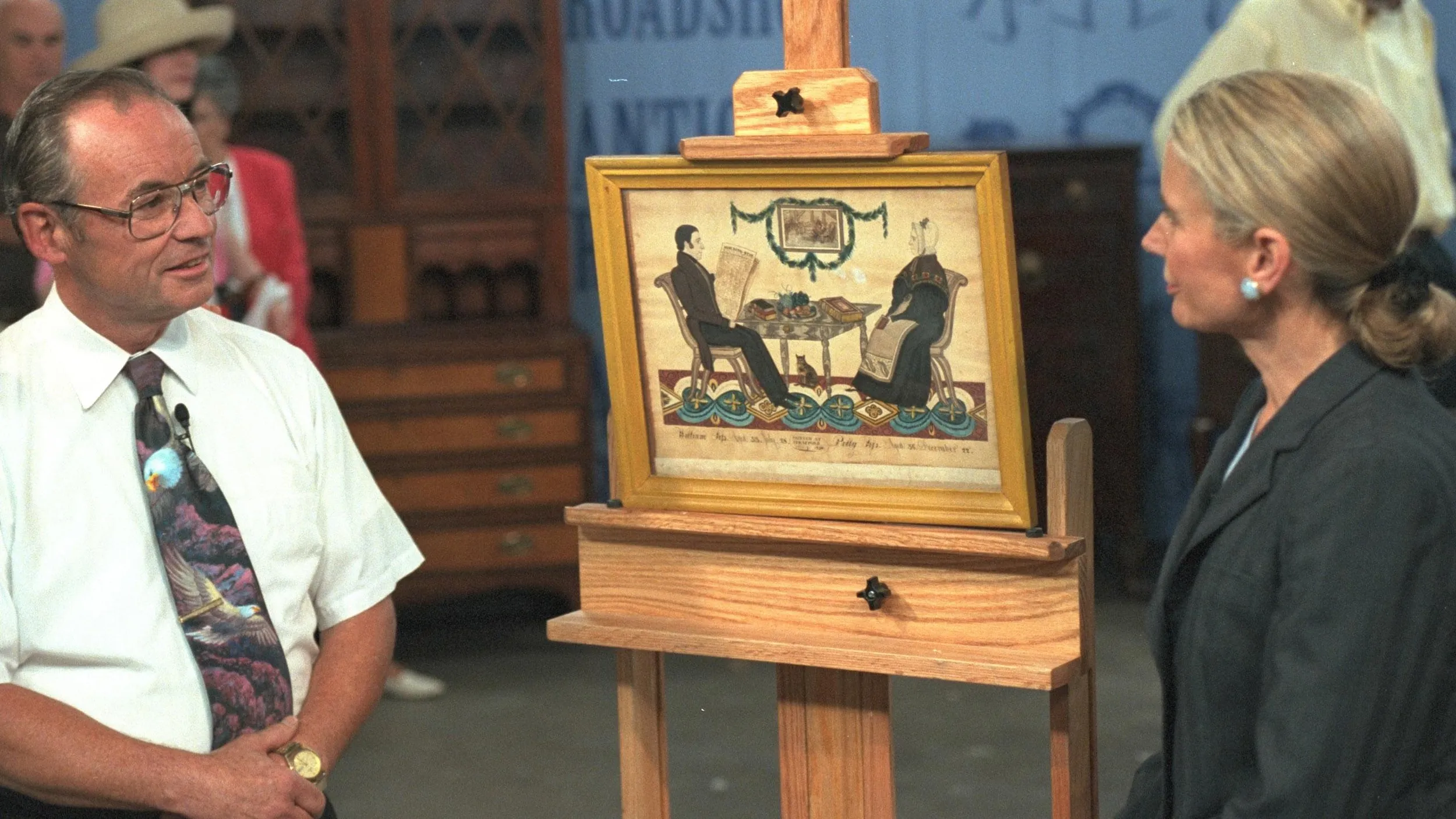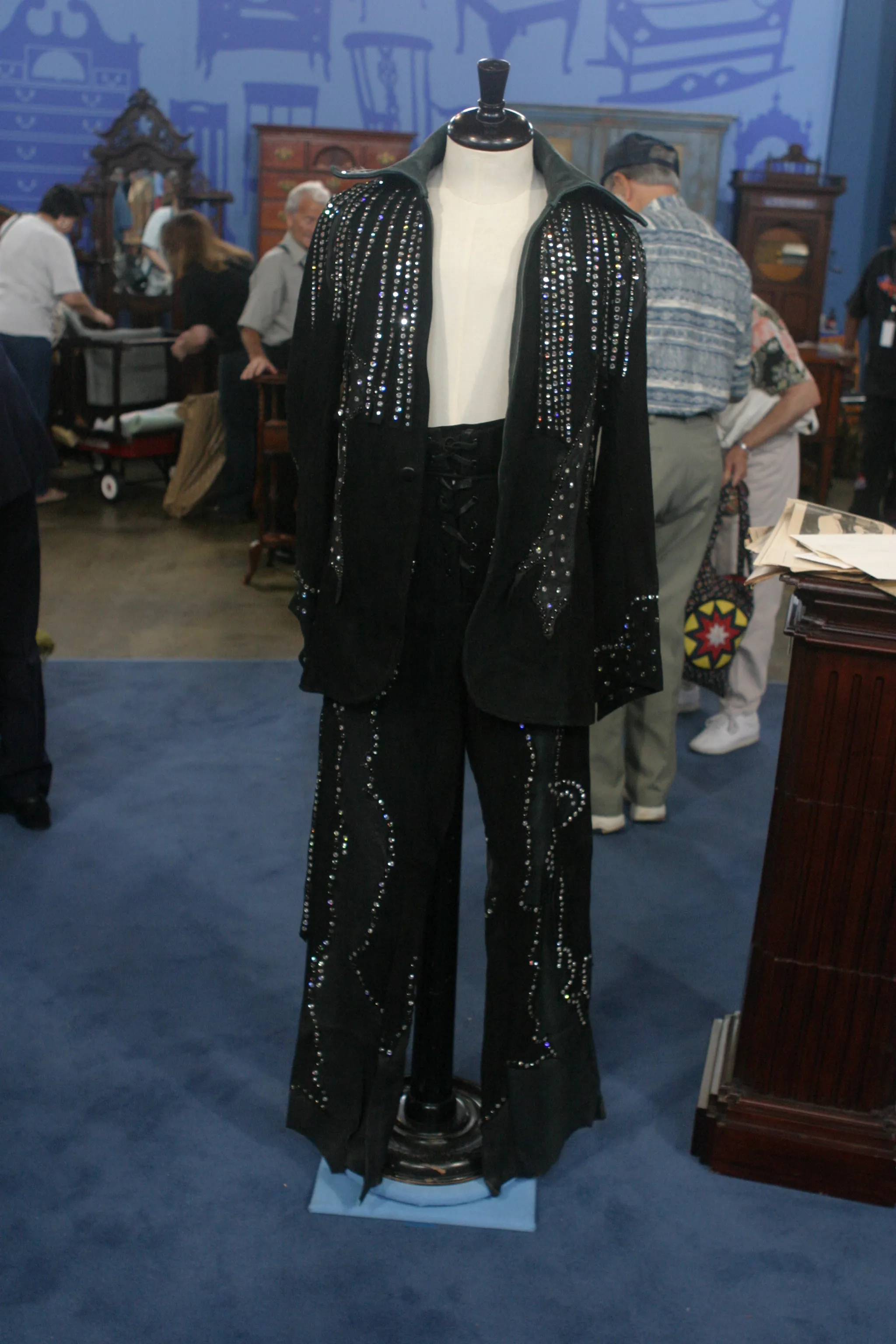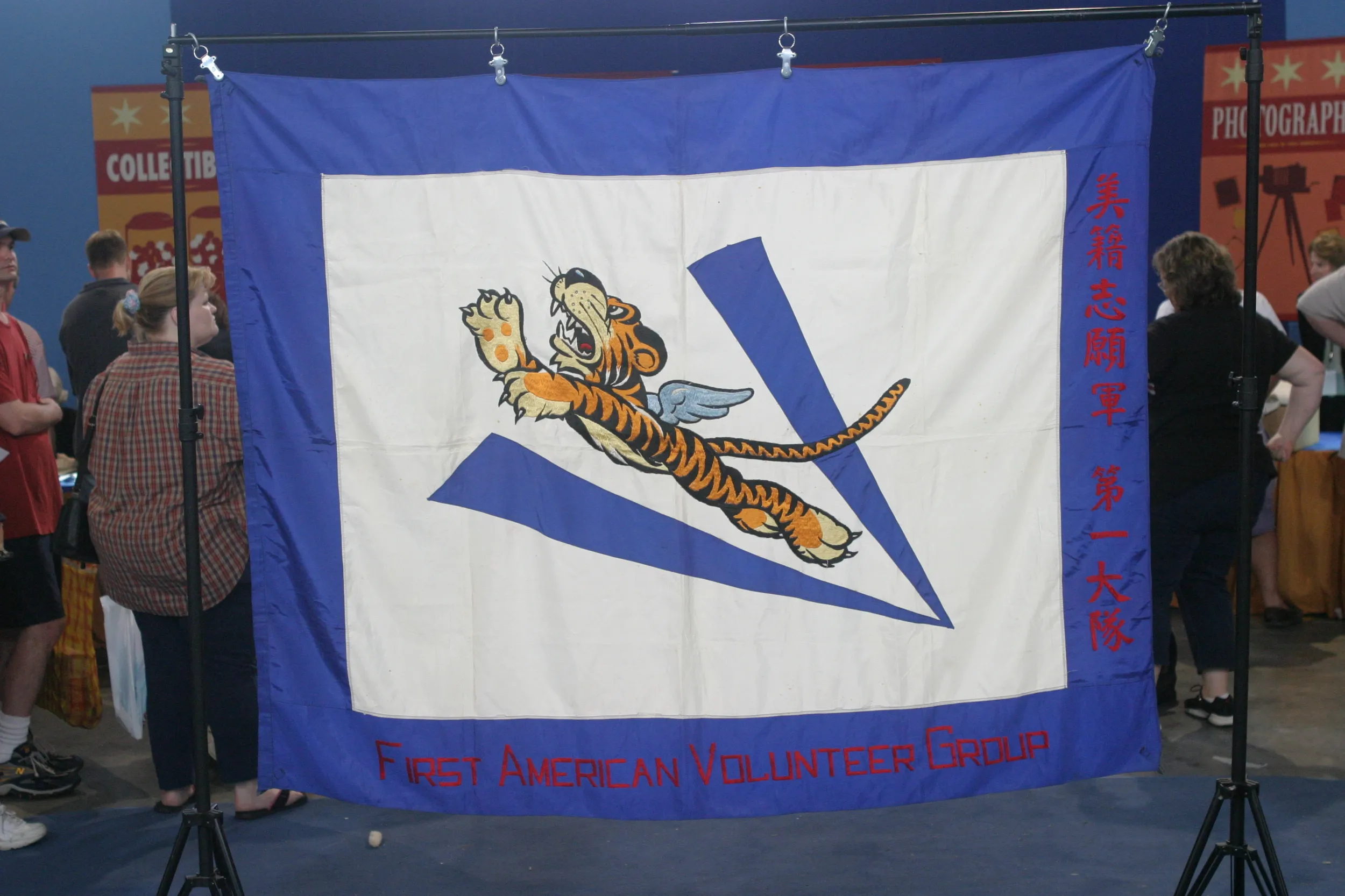APPRAISER: Betsy, you tell me that this rug resided on the third floor of your grandmother's house?
GUEST: Of my grandmother's house, I think for at least 20 years, and maybe longer. And when she died, I got it when we divided up the estate, and I just always loved the colors. So I've had it about 30 years.
APPRAISER: And you've been using it all that time?
GUEST: Yep, it's been in living rooms and kitchens.
APPRAISER: Do you have any idea where the rug was made?
GUEST: I know nothing about it, which is why we brought it. I don't know very much about oriental rugs and they're hard to sort of take around and get an evaluation.
APPRAISER: Yes, well, the rug is a Karabagh, and that is a Caucasian rug woven in the mountains of southern Russia. And there's a particular name for this design, which is called a "Kasim Usag." Now, that might be hard to understand, and it's hard for us to understand as well because there's really no documented village by that name. And most of the rugs that are woven we like to attribute to a certain village or at least nomadic group. Now, in this region, there were Kurds that had been exiled in the 17th century by the various shahs that were in power at that time, and it's believed that the Kurds are the ones that made this rug. Now, the thing that's most interesting about this is the curled-leaf design. It dates back to 17th-century embroideries.
GUEST: Oh, wow.
APPRAISER: And from the 17th-century embroideries where it's thought that even before it was a leaf form, it came from dragon floral carpets, it is then found in 18th-century floral carpets. And so it's always wonderful to have this graduation of design, and then you find yourself into the 19th century and the early 20th century, and you have a production like this, which is woven in a village.
GUEST: Oh, okay.
APPRAISER: There are a couple of reasons why I think that this is probably early 20th century. It has a couple of synthetic dyes in it. There's a pink color that is synthetic, and then there's also an orange color that is synthetic, and that puts it firmly in the early 20th century for this group of rugs. Basically, it's in very, very good condition. I would assign a retail value in the area of $8,000.
GUEST: Oh, wow!
APPRAISER: Yes.
GUEST: Oh, my Lord.
APPRAISER: If this rug had been woven in the 19th century and had essentially the same sort of design, it would have been worth two to three times as much to a collector.
GUEST: Oh, okay.
APPRAISER: And that's a big thing to know about antique rugs, is whether they fall into a collectible category or more of a decorative category.
GUEST: Oh, okay, okay.
APPRAISER: So this is more than likely, if this were on the market, it would be bought by somebody who was decorating because a collector would hold out for a 19th-century example that had all natural dyes.









